Quality Products
Fast Delivery
Premium Service
Written by Jan-Paul de Wit | Last update: 26. June 2023
Aphids are a serious challenge in horticulture. They damage plants by injecting toxins and spreading viruses. Many growers ask us questions like ''How to control aphids on tomato plants?'' or ''How to control aphids on pepper plants?''. To fight aphids most effectively, consider switching to organic aphid control methods. Using natural enemies of aphids offers an environmentally friendly and efficient alternative for greenhouse aphid control, especially as the effectiveness of chemical pesticides has decreased due to resistance and changes in regulations.
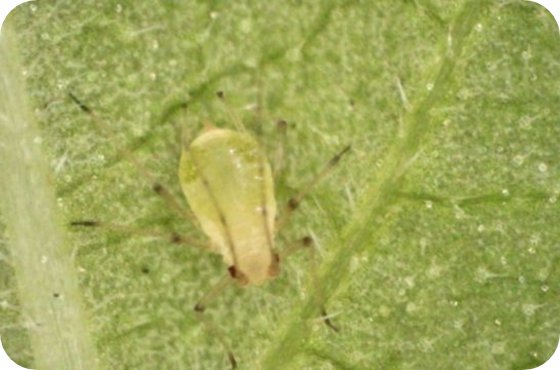
Aphids, are usually found on the young parts of plants, such as new shoots, both on the upper and underside of leaves, and in flower heads. The presence of aphids is often indicated by their distinctive white shed skins, which can be seen scattered around these areas. These pests can damage plants in various manners:
Recognizing these signs early is crucial for managing aphid infestations, optimizing greenhouse aphid control and protecting your crops effectively.
In greenhouse environments, different aphid species can lead to various types of damage. Understanding these common aphid species and their specific effects on crops is important for effective greenhouse aphid control.
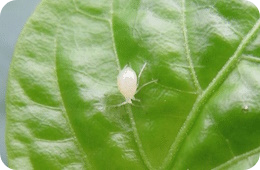
Foxglove aphid (Aulacorthum solani)

Mottled arum aphid (Neomyzus circumflexus)
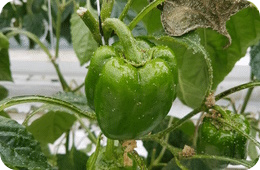
Green peach aphid (Myzus persicae)
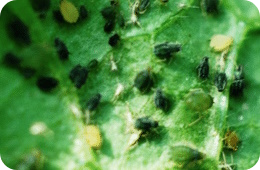
Cotton aphid (Aphis gossypii)
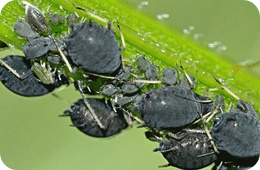
Black bean aphid (Aphis fabae)
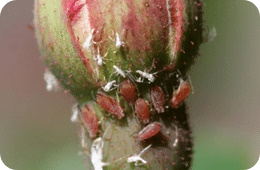
Rose aphid (Macrosiphum rosae)
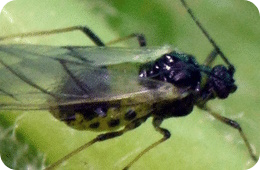
Leaf-curling plum aphid (Brachycaudus helichrysi)

Potato aphid (Macrosiphum euphorbiae)
Aphids can multiply rapidly, leading to significant damage in a very short time. Early detection is important for effective greenhouse aphid control, as it allows for swift intervention. Look for the striking white skin sheaths they leave behind to identify their presence early.
Due to increased legislation regarding chemical insecticides, many growers are turning to biological control methods. Utilizing natural predators has become a popular and effective approach to managing aphid infestations. Our experts are available to guide the best natural pest control solution for your specific needs.
By combining several biological agents you can tackle various aphid species more effectively. Here’s a breakdown of the primary natural enemies used in aphid management:
Why choose biological aphid control? Here are the key advantages:
Incorporate green agents of natural origin alongside your natural enemies and corrective measures. These eco-friendly solutions effectively help manage aphid infestations and can be seamlessly combined with organic aphid control methods.
Discover more about the various aphid species and greenhouse aphid control methods in these videos.